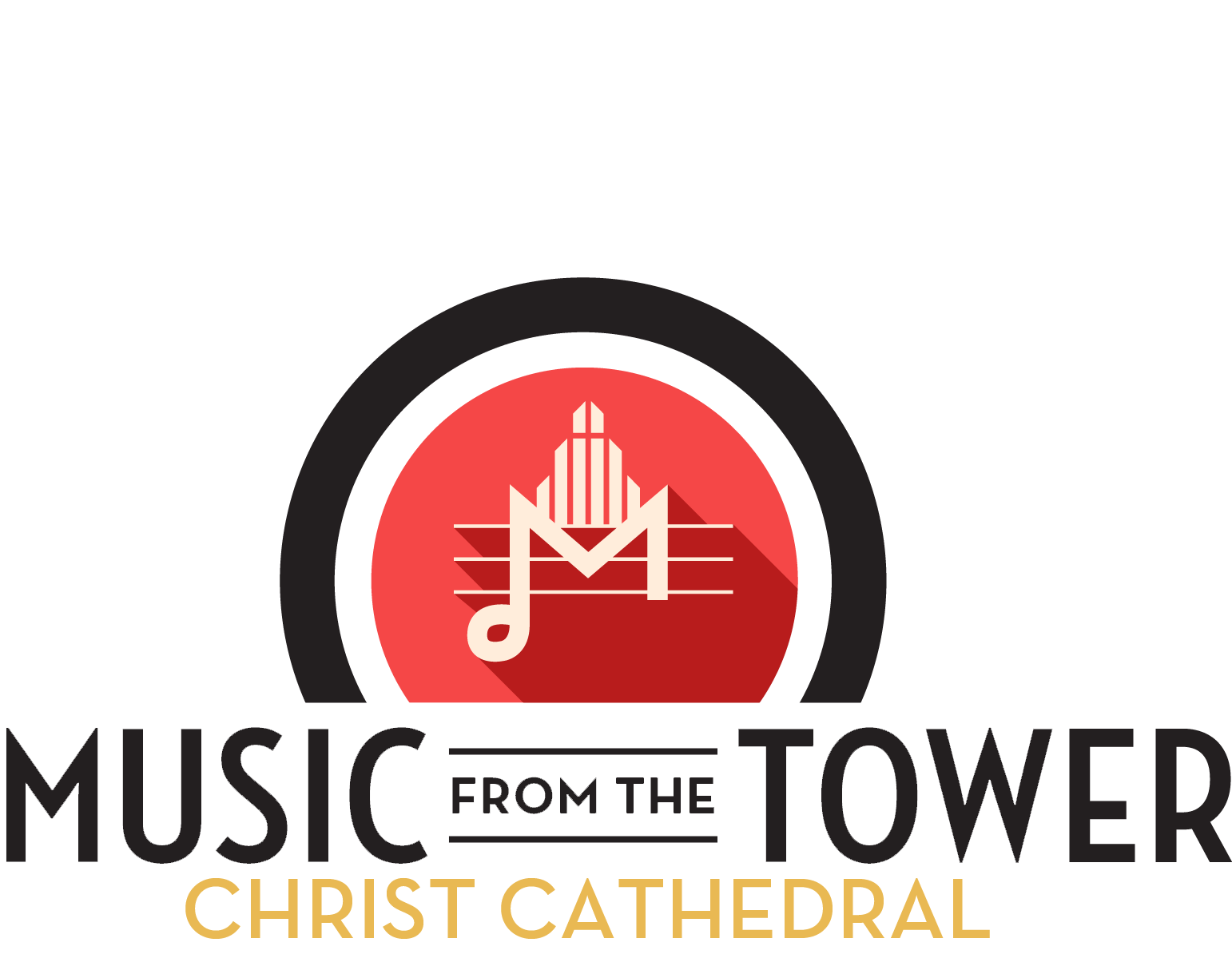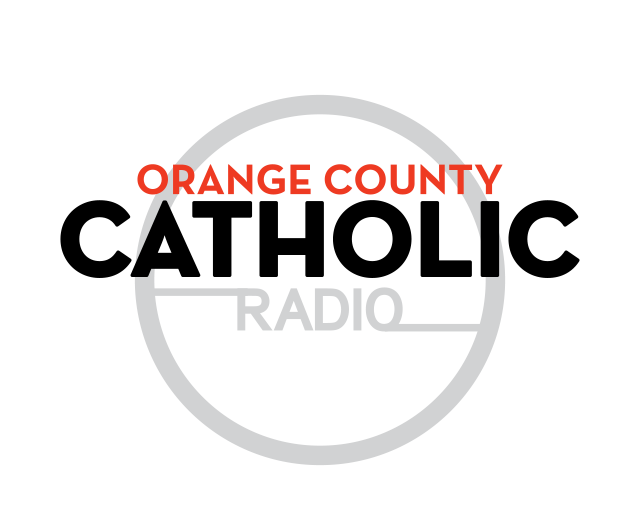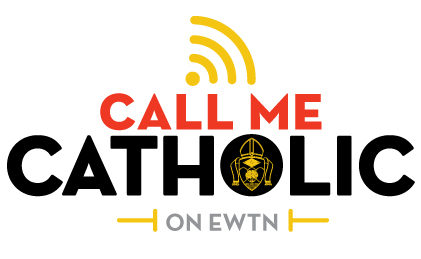Recently, while working at my computer in Santa Barbara, I encountered a confounding problem and decided to call Brandon Vogt, who is not only the excellent content director at Word on Fire, but also a trained engineer and tech whiz. After trying in vain to talk me through the problem, Brandon said, “Look, let me just take over your screen.” And with that, he pressed some buttons in Atlanta, where he was attending a conference, and then commenced to move my cursor around the screen, click on all the right settings, and resolve the difficulty.
Though I had seen him do this before, I was, once again, impressed by this long-distance maneuver. Displaying my utter lack of scientific expertise, I asked, “Now Brandon, is this being done through the phone lines or is outer space involved?” I’m sure he was suppressing a laugh, but he patiently explained that when we send data over the Internet, the data is broken down into invisible electromagnetic waves, which are then passed through miles and miles of cables, telephone lines, and sometimes satellites. What’s remarkable, he explained, is how the same cables and satellites handle information from billions of computers, phones, and other devices simultaneously.
At this point in the conversation, Brandon remarked, “You know, I’ve often thought it analogous to the communion of saints.” “You’ll have to unpack that for me,” I said. “Well,” he replied, “people always seem puzzled that the saints in heaven can hear and answer millions of prayers without being omnipotent; but yet, something similar is happening all the time through our technology. Each second we send and receive an unfathomable amount of data through our cables and satellites, yet they handle it. The relatively small number of intercessions we pray each day pales in comparison.” “Ah,” I said, “wouldn’t that make for an interesting column!” So at Brandon’s prompting, here is a little reflection on prayer and the communion sanctorum.
One of the forms of Catholic prayer is an invocation of those in the heavenly realm. Every time we say the Hail Mary, for instance, we are confident that Mary, the Queen of Heaven, hears that prayer and engages us. Every time we call upon one of the saints, we are convinced that he or she takes in what we say and can, in point of fact, respond to us with information or inspiration. Indeed, we believe that our prayer can prompt the saints to act on our behalf, effecting real change in the world. I realize how counter-intuitive this can all seem to most moderns. In our more “realistic” moments, we feel that the dead are just gone, that they can’t possibly hear us. Or maybe we think that, if they still exist, they are far away, infinitely removed from the things of this world. And how, we wonder, could the Blessed Mother possibly “hear” every single Hail Mary that goes up to her every day from across the globe? Isn’t all of this just wishful thinking, so much pre-scientific mumbo-jumbo?
Well, remember Brandon’s insight. A machine of our contrivance is capable of receiving and transmitting extraordinary amounts of information simultaneously to and from numberless locales. How much more thoroughly and powerfully, therefore, can an intelligence at a higher pitch of reality, in a qualitatively different dimensional system, receive and transmit information? The faith of the Church is that those who are in the heavenly realm participate more intensely in the infinite intelligence of God, that intelligence which embraces all of space and all of time. Can a saint, therefore, receive and send a staggering amount of information? Why not? But can a saint exert a causal influence on the physical dimension? Can they actually do something for us? We mustn’t think of the spiritual as simply “other” than the material, as though the two could never interact. Rather, the spiritual contains the physical in the measure that it subsists at an elevated, more ontologically complete, level of existence. Representing the medieval consensus, Thomas Aquinas said that the soul is in the body “not as contained by it, but as containing it.” Instead of being a “ghost in the machine,” as many modern philosophers speculated, the soul, on Aquinas’s reading, is inclusive of the body. It can move matter, for it is greater than matter. And so the saints, from their heavenly place, can indeed influence, impact, and shape the material world.
Perhaps a last point of comparison would be in order. The satellites that facilitate so much of our world’s communication are entirely out of sight. We don’t, in the ordinary sense of the term, interact with them at all as we do with other persons and objects. And yet, from their celestial abode, they massively affect and aid us. In one of the prefaces for saints in the Roman Missal, we find this language: “From their place in heaven, they (the saints) guide us still.” We don’t deal with the denizens of heaven as we do with those of earth, but yet they listen to us, speak to us, and influence us constantly.
So next time you receive some instruction on your GPS or make a call on your iPhone, think of the communion of saints.
Bishop Robert Barron is an auxiliary bishop of the Archdiocese of Los Angeles and the founder of Word on Fire Catholic Ministries.










